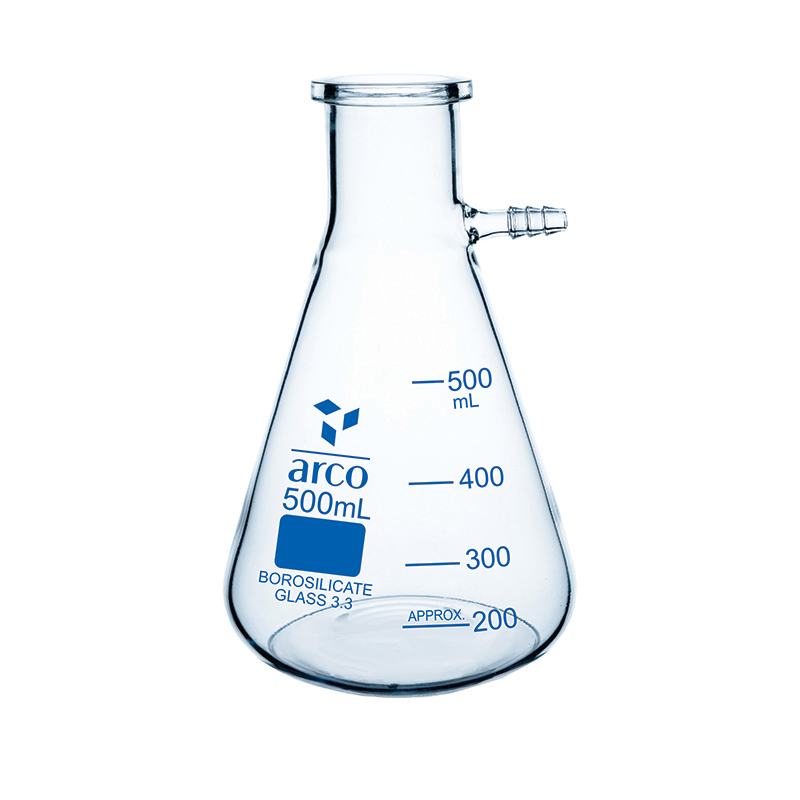In the fast-evolving world of web development, selecting the right framework is crucial for building effective applications that meet user needs. Among Python developers, Django and Flask have emerged as two of the most widely used frameworks. Each framework brings unique features and strengths to the table, catering to different project requirements, team skills, and long-term maintenance needs. This article explores Django and Flask, examining their strengths and ideal applications to help developers make informed choices.
Overview of Django
A Comprehensive Framework
Django is a high-level web framework known for its focus on rapid development and clean, pragmatic engineering. Launched in 2005, it adheres to the “batteries-included” philosophy. This means that it bundles numerous built-in features that streamline the development process. From templating systems to authentication mechanisms, Django provides all essential tools necessary for building complex applications quickly while adhering to best practices in clean code architecture. For developers working on sizable and sophisticated web applications, Django can greatly reduce the time and effort involved in project setup.
Key Features
Django’s standout feature is its Object-Relational Mapping (ORM) system, which allows developers to interact with databases using Python code rather than SQL. This abstraction not only simplifies the workflow but also makes it easier to switch between different databases. Developers benefit from an automatic admin interface that lets them manage application data effectively. Furthermore, Django includes a robust system for URL routing, permitting developers to create clean and readable URLs. Together, these features contribute to a cohesive framework that prioritizes efficiency and maintainability, enabling developers to focus more on building unique functionalities than on managing mundane configurations.

When to Use Django
Ideal for Large Projects
Django excels in large-scale applications that require a diverse range of functionalities. This can include everything from content management systems and social media platforms to complex e-commerce websites. The framework’s extensive built-in features mitigate the need for integrating multiple external libraries, allowing teams to focus on building their application’s core features instead of solving repetitive challenges. The architectural design encourages the implementation of scalable solutions, aided by Django’s ability to handle large amounts of traffic and data effectively. Developers looking to build enterprise-level applications find that Django provides a solid foundation.
Enhanced Security
Security considerations are paramount in today’s digital landscape, especially for applications handling sensitive user data. Django comes pre-equipped with a suite of security features designed to protect against common vulnerabilities such as SQL injection, cross-site scripting (XSS), and cross-site request forgery (CSRF). These built-in protections allow developers to concentrate on functionality, knowing their applications possess a robust safety net. Furthermore, Django’s rigorous adherence to security practices and its active community mean that vulnerabilities are often identified and patched quickly, providing another layer of confidence for developers working on serious applications.
Overview of Flask
A Minimalistic Framework
In contrast to Django, Flask positions itself as a lightweight micro-framework that prioritizes simplicity and flexibility. Released in 2010, Flask allows developers to use only the essential tools they need while leaving much of the decision-making about extensions and additional libraries up to them. This minimalistic design encourages developers to create applications in a more customizable manner, which is particularly beneficial for projects that require unique solutions rather than a one-size-fits-all approach. Flask’s straightforward and readable syntax often appeals to newcomers in web development, making it easier to grasp and manipulate.
Key Features
Constructed on the WSGI toolkit and leveraging the Jinja2 templating engine, Flask facilitates the development of clean, maintainable code. Its focus on convention over configuration means less boilerplate code, allowing developers to get applications running quickly. Flask’s versatility shines in projects that require straightforward design, intuitive routing, and simple form handling. The community has also built numerous extensions to enhance Flask’s capabilities, allowing for the easy integration of advanced features like user authentication, database interaction, and RESTful API creation. The modularity allows developers to pick and choose functionalities that align best with their project’s demands.

When to Use Flask
Ideal for Small Projects
Flask is particularly suited for smaller applications where speed and control are critical. For projects like personal blogs, portfolio websites, or minimalistic REST APIs, Flask enables developers to get functional applications up and running with minimal overhead. The modular structure allows for agility, supporting rapid iterations and quick feature launches. Developers often find that projects requiring quick turnarounds benefit significantly from Flask’s lightweight architecture.
Rapid Prototyping
Teams looking to explore different ideas without investing a significant amount of time or resources often find Flask advantageous for rapid prototyping. The ability to quickly build functional prototypes means that startups or teams testing concepts in a competitive environment can pivot strategies based on user feedback without the complexities introduced by a larger framework. This lean approach fosters innovation, encouraging experimentation with less risk. The straightforward setup of Flask allows for quick deployment and testing, enabling developers to collect data efficiently.
Performance Considerations
Scalability with Django
When discussing scalability in the context of Django, its robust design shines. The framework’s comprehensive caching mechanisms, middleware support, and optimized ORM facilitate effective interaction with the database. As a result, Django applications often perform well under increased loads, handling larger amounts of data and transactions with ease. For companies experiencing growth and anticipating rising user numbers, Django provides the tools necessary to ensure a seamless user experience even as the application scales, making it increasingly popular in business-critical applications.
Lightweight Operations with Flask
Flask’s lightweight nature typically results in faster performance for smaller applications, primarily due to lower memory consumption and minimal dependencies. These advantages make Flask an excellent choice for developers looking to deliver responsive user interfaces without the overhead that larger frameworks can introduce. However, as Flask applications grow in size and complexity, developers may need to incorporate various libraries, which could impact performance if not managed properly. Careful planning regarding the application’s architecture is crucial to maintain efficiency over time.

Community and Support
Strong Ecosystem with Django
A vibrant community supports Django, offering an extensive array of resources, documentation, and third-party packages to streamline development. This well-established ecosystem serves as a valuable asset for developers, whether they are beginners or seasoned professionals. The availability of tutorials, forums, and plugins can significantly reduce development time and bolster the capabilities of Django applications. Additionally, regular updates from the community ensure that vulnerabilities are addressed promptly and new features are incorporated, keeping the framework competitive and robust.
Community Resources for Flask
Flask is supported by a growing yet enthusiastic community that provides guidance and resources for developers. While it may not have the extensive ecosystem that Django boasts, Flask’s documentation is well-structured and thorough, making it easy for newcomers to find solutions to common questions. The availability of a wide range of community-created extensions enhances Flask’s capabilities but also necessitates careful evaluation of these tools for compatibility and long-term support. Developers often find that engaging with the community fosters knowledge sharing and offers valuable insights into best practices.
Making the Right Choice
Selecting the right framework between Django and Flask is critical for the success of any web development project. Django is a powerful option for larger applications that demand extensive features and built-in safeguards, while Flask caters to smaller projects requiring agility and custom design. Each framework has its unique strengths, so understanding your project’s requirements—whether it requires scalability, speed, security, or simplicity—will guide you in making the best choice.
Before making a decision, assess factors such as your team’s expertise, future project growth, budget, and timeline. Both Django and Flask offer compelling opportunities for creating robust web applications, and the right choice will help set the stage for a successful development journey. By weighing the pros and cons carefully and understanding the implications of each framework, you can select the one that aligns best with your objectives and vision for the project, setting yourself up for long-term success. Ultimately, whether you choose Django or Flask, leveraging the strengths of the framework will empower you to develop exceptional web applications, meeting both user and business needs effectively.
